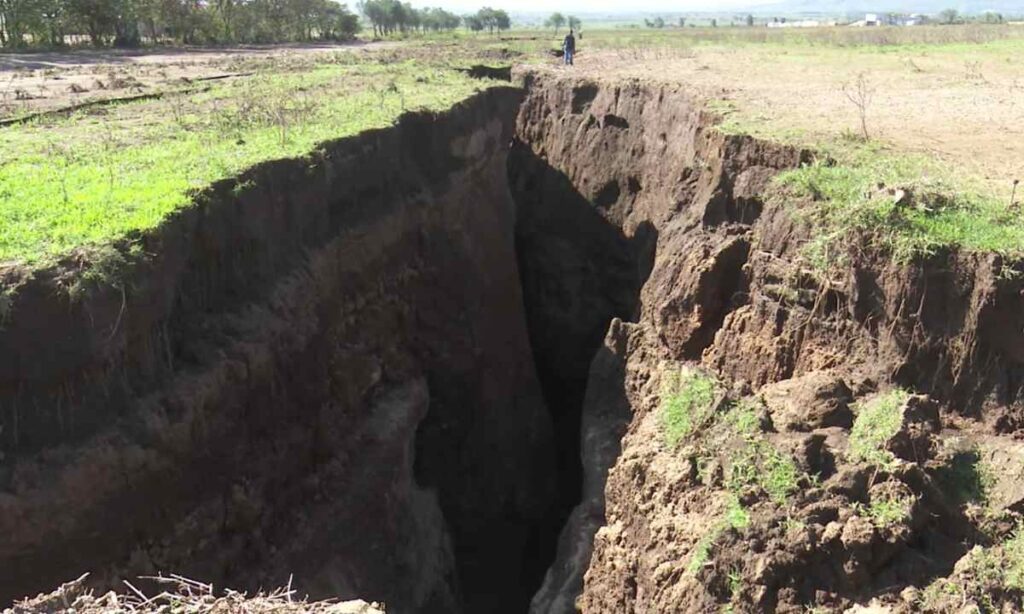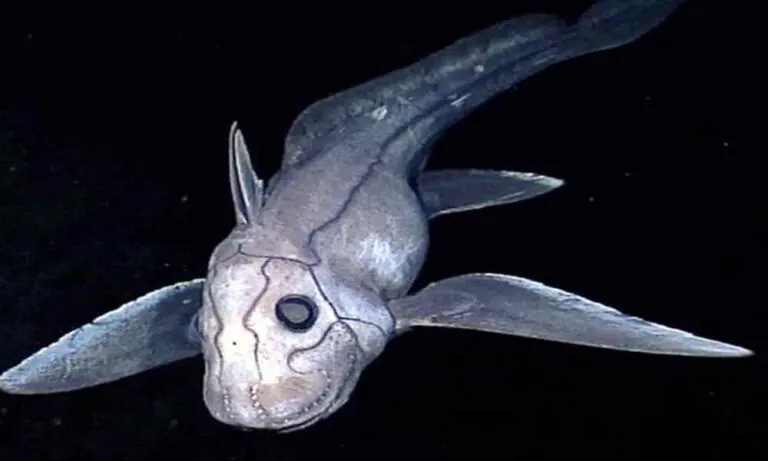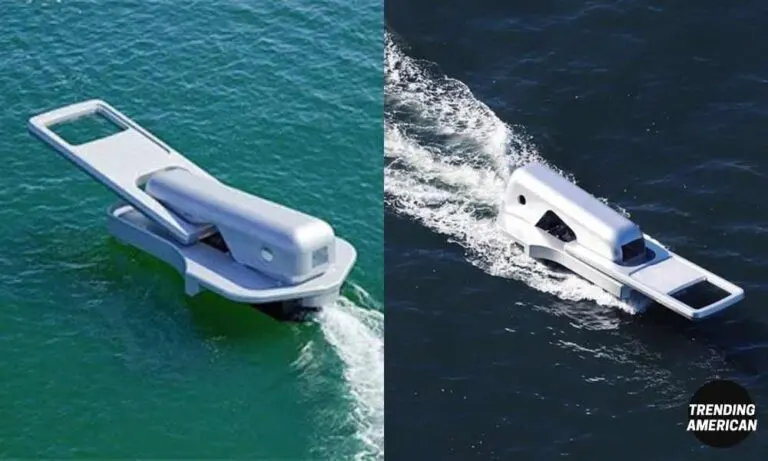Africa’s 35-Mile Earth Crack Is Creating A New Ocean | The Continent Is Splitting Into Two!
A significant transformation is unfolding in Africa. A 35-mile crack in Ethiopia is signaling the birth of a new ocean and slowly but surely the African continent will split in two. This colossal split is associated with one of the largest rifts in the world, the East African Rift System (EARS). As a result of the shifting of tectonic plates, part of East Africa will separate from the rest of the continent. A new ocean will then rise between the two lands!
The rift is a geological wonder and is a rare glimpse into the tectonic forces that constantly redefine the shapes of our planet. Historians and scientists alike have been captivated by this slow change. Let’s dive in to understand more about this phenomenon and what the future holds.
The Great Rift: Unraveling the Mystery of the Ethiopian Crack
In the Ethiopian desert lies a 35-mile-long crevice, the East African Rift System (EARS). This is one of the largest rifts in the world that extends for thousands of kilometers. It runs across several countries in Africa, including Ethiopia, Kenya, the Democratic Republic of the Congo, Uganda, Rwanda, Burundi, Zambia, Tanzania, Malawi, and Mozambique.
The rift has been slowly forming over the last 25 million years. Discovered in the dry Afar region, this became noticeably active in 2005. It has been closely monitored ever since. Historically, the rift in the Afar region marks a rare opportunity for scientists to study the processes that lead from continental rift to oceanic rift.

A New Ocean Emerges and The Continent Will Split Into Two!
The gradual widening of the Ethiopian crack is not just the breaking apart of land. It also indicates the creation of a new sea floor. As the tectonic plates continue to divide, magma from the mantle upwells to form a new oceanic crust. In time, waters from the Gulf of Aden and the Red Sea will flood into the rift. This will ultimately give birth to a new body of water, forever altering Africa’s geography.
As of today, the two portions of Africa—the Nubian and Somali plates—are separating at a pace measured in mere millimeters per year. But what might Africa look like in the future, say by the year 2050? The full creation of a whole new continent and ocean will take 5 to 10 million years. However, we are already witnessing the beginning of a monumental split. It holds significant environmental implications for local and global ecosystems.
Cultural and Historical Context: Africa’s Changing Face
This geographical change is not happening in isolation. It influences the lives and history of the local communities. The land’s shifting profile reshapes not just physical borders but the existence of the people who occupy these regions.
The interplay between the rift’s formation and local culture is complex. It contains a rich tapestry of indigenous stories, myths, and folklore, interweaving with factual evidence to create a profound narrative of the land.

Conclusion
The story of Africa’s 35-mile crack is a testament to the dynamic forces shaping our planet. It serves as a powerful reminder of Earth’s restless spirit, changing in ways that, while slow, are monumentally significant. As we contemplate the inevitable evolution of the African landscape, we are reminded of the importance of curiosity, respect, and preservation when it comes to the natural world.







